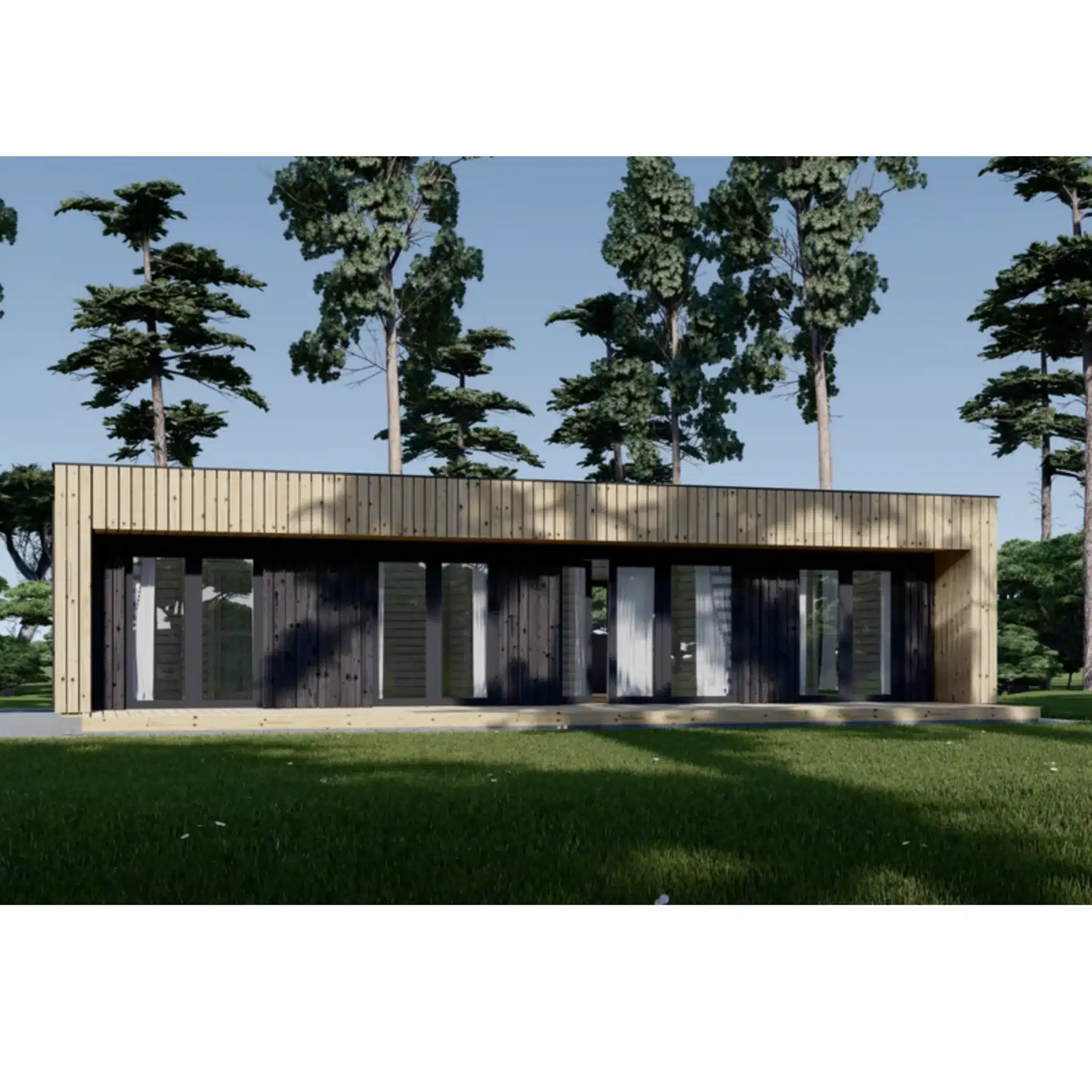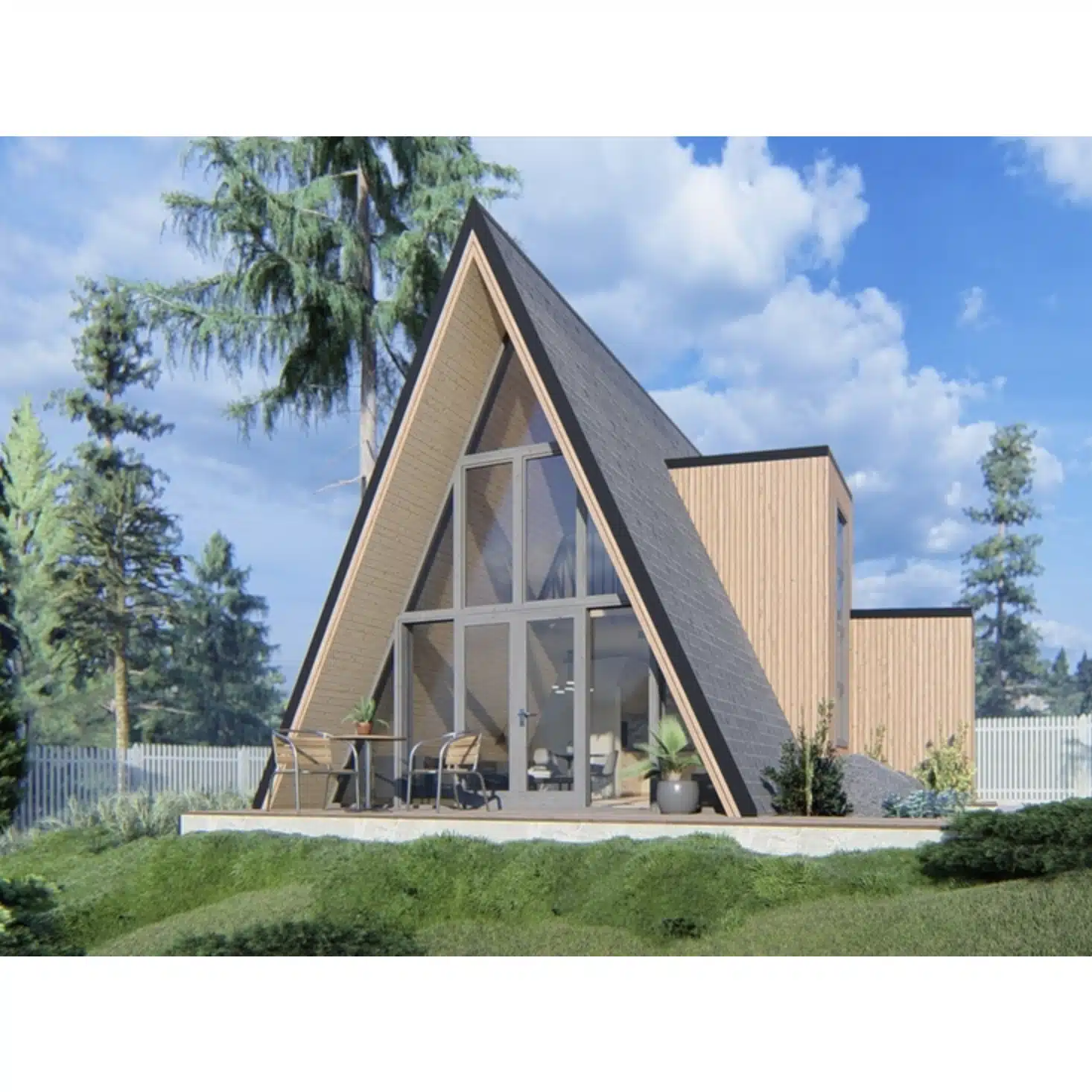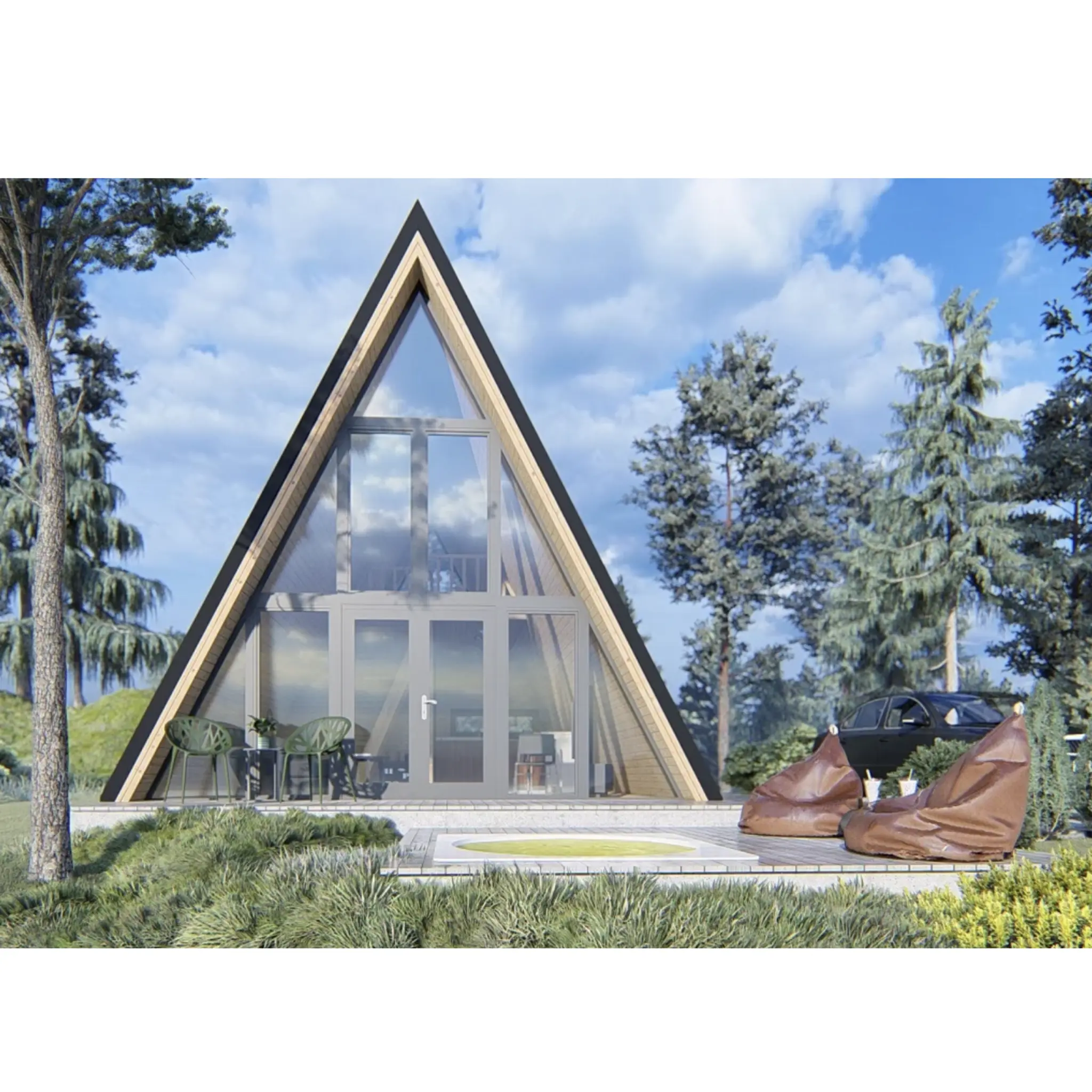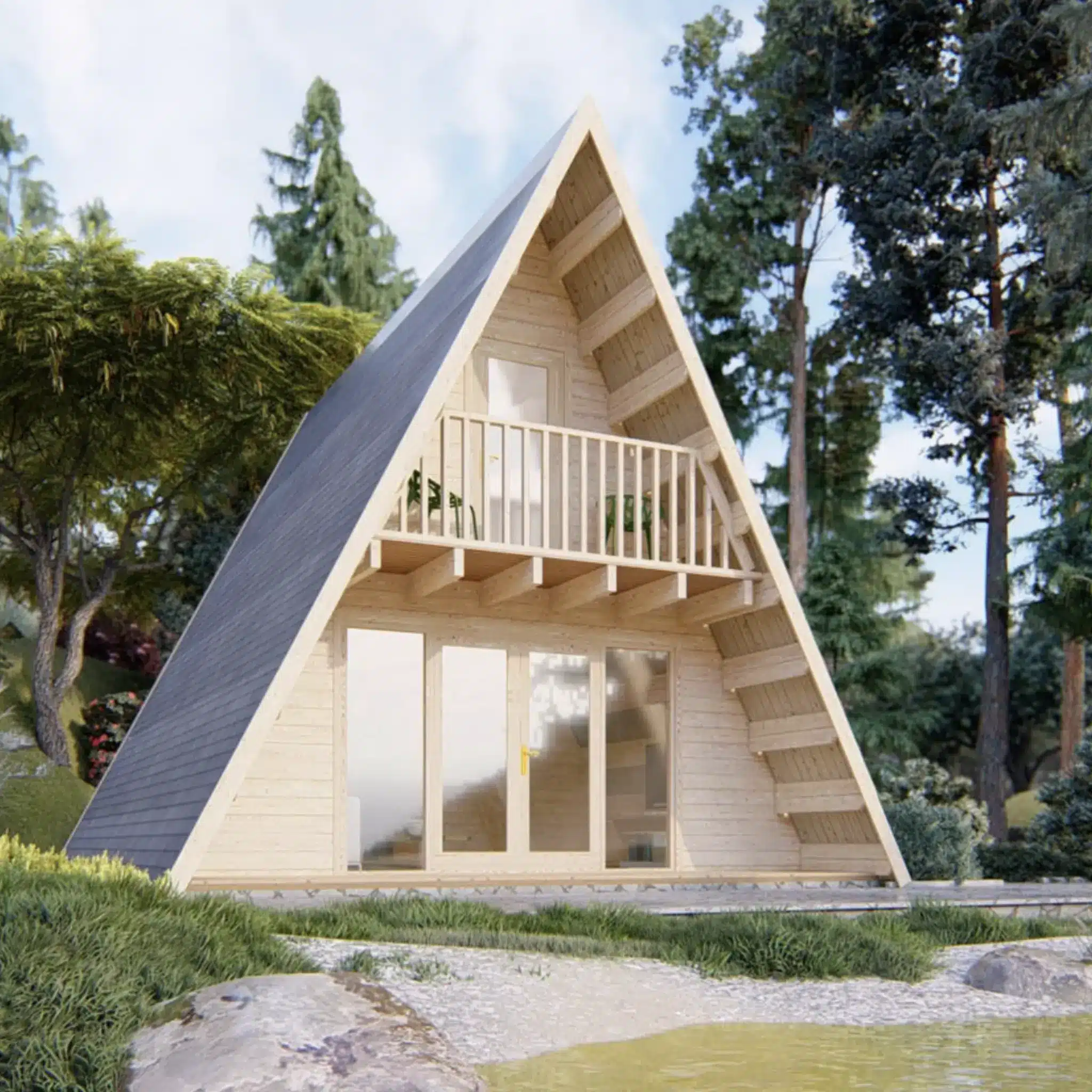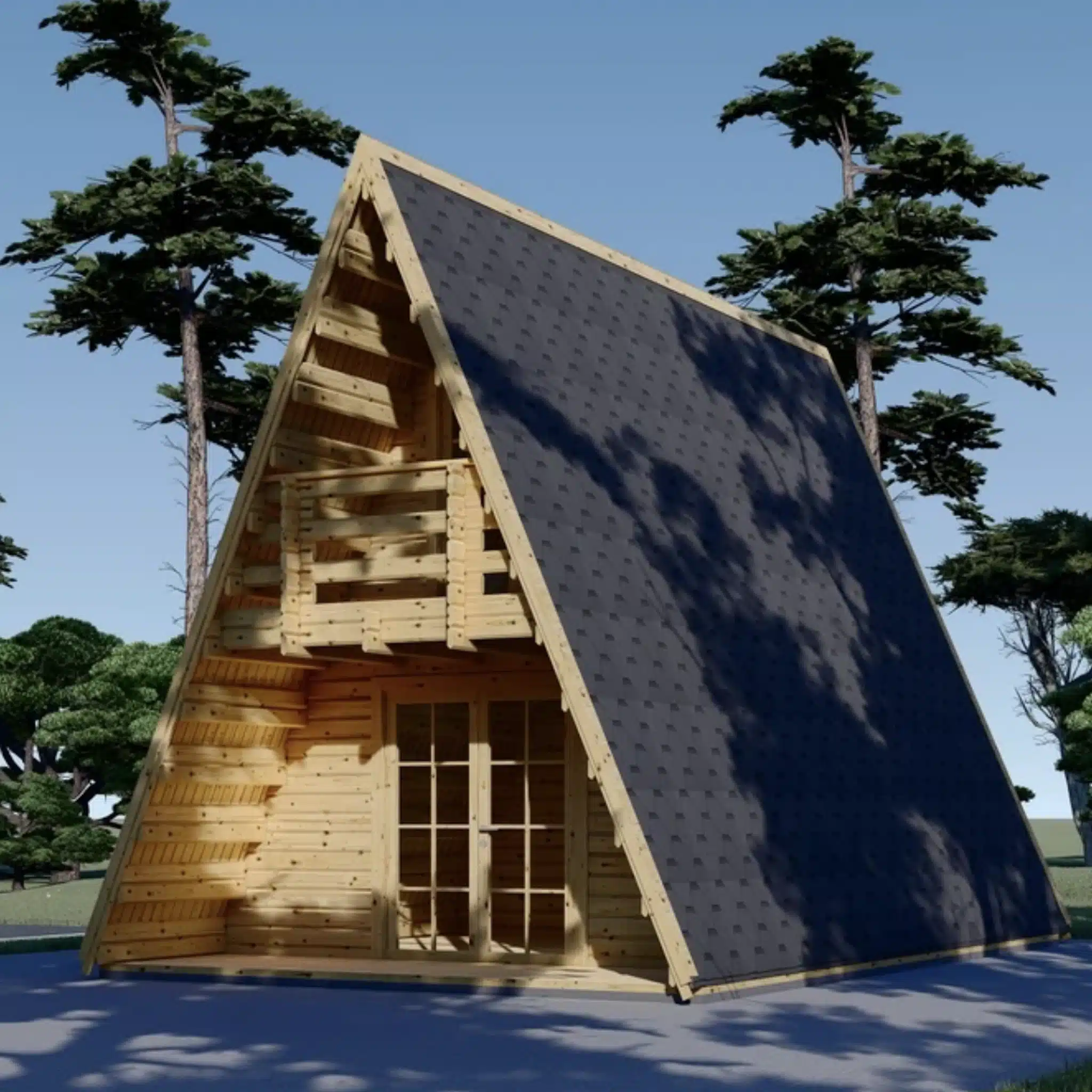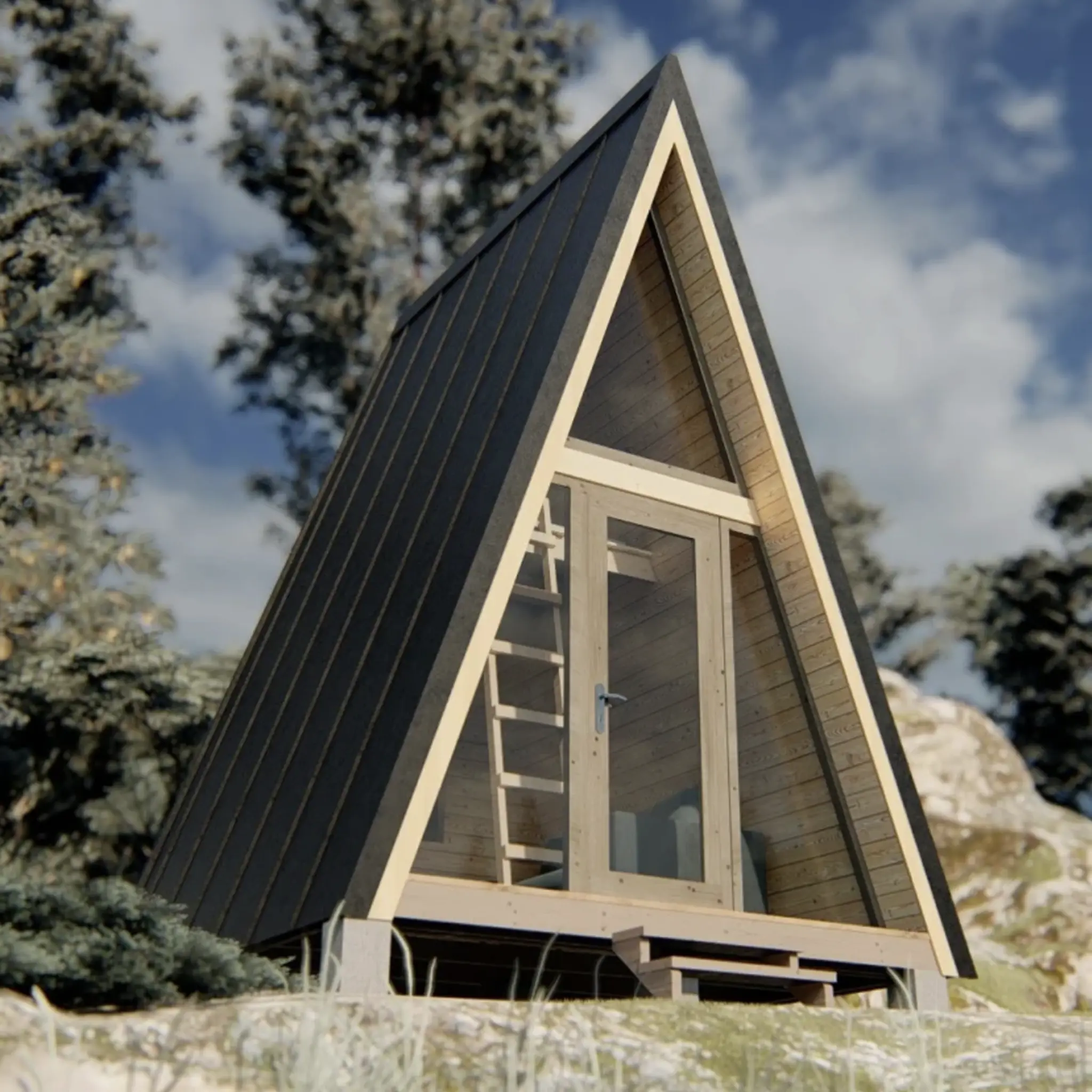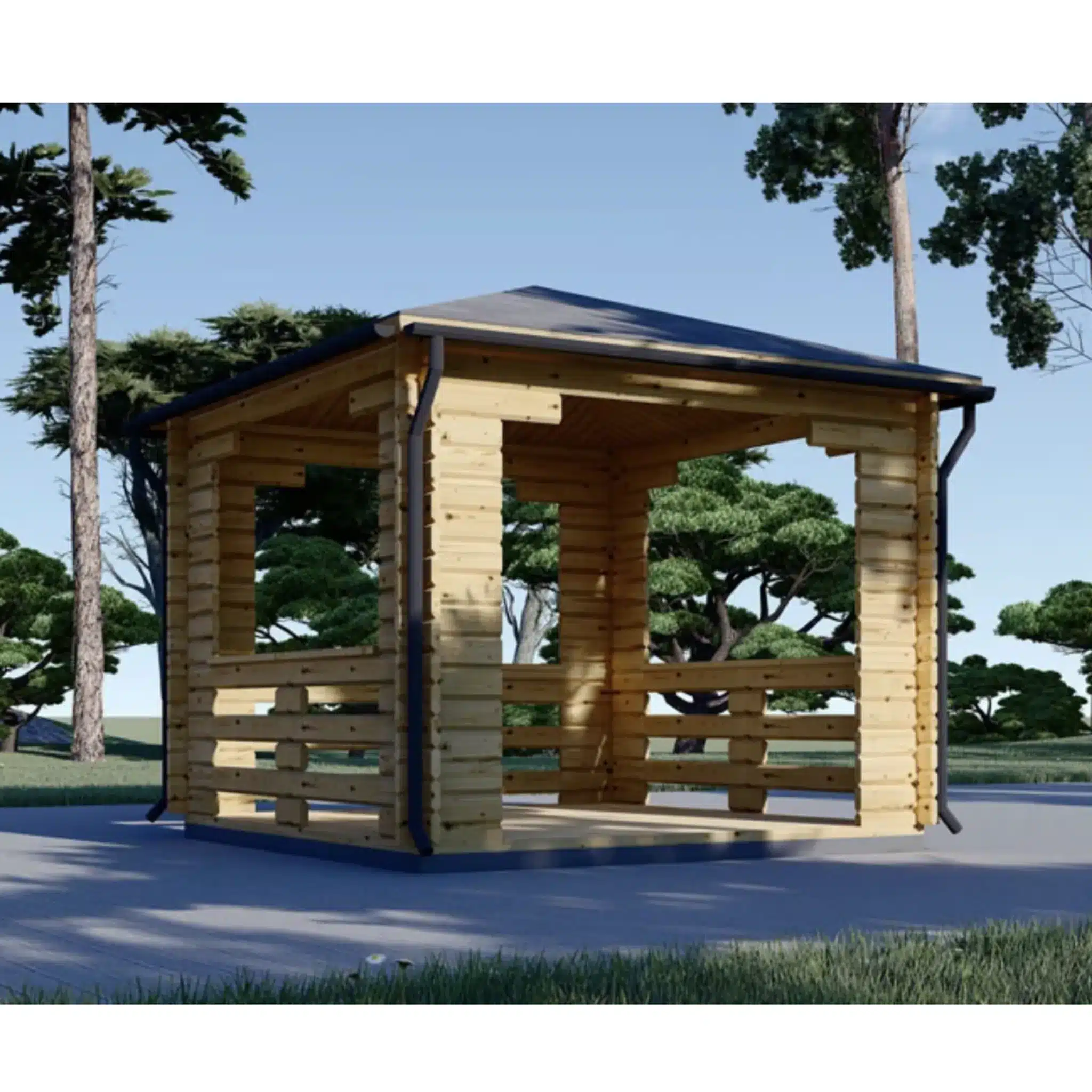The whole truth about sauna stones
Sauna stones play a crucial role in enhancing the enjoyment of a sauna visit. This article thoroughly addresses different types of sauna stones, their properties, and their impact on the steam, providing essential information for achieving the best steam experience.
Types of Sauna Stones: the properties of different sauna stones and their impact on the steam.
Volcanic black sauna stone is a small-grained dark gray stone. The stone’s volcanic origin dates back about two billion years. Vulcanite is a good choice for sauna stones due to its hard and durable nature, and excellent heat conductivity. For example, peridotite and gabbro are popular volcanic stones. Impact on steam: these stones retain heat well and emit even steam, ensuring a soft and pleasant steam experience. We recommend volcanic sauna stones specifically for HARVIA sauna heaters.

River stones, or rounded olivine diabase sauna stones, resemble natural round river stones. Using this stone offers a soft steam experience because water flows easily to the lower stones, covering a larger stone surface and creating abundant soft steam. Using rounded stones as the top layer works for any sauna heater. We recommend using angular stones in the lower layers, as they provide more surface for heating the water. This combination ensures the best outcome for soft steam and efficient heat production, especially for heaters with a smaller stone capacity. We recommend using rounded stones in HUUM heaters, which complement the heater’s design and offer a milder steam experience.
Our product range includes rounded olivine diabase stones in two different size ranges: 3-5 cm and 5-10 cm. The stones are durable and have a high heat storage capacity. Other stones can also be used in HUUM heaters, except decorative stones, as they may easily break.

Decorative red granite HARVIA sauna stones are intended for use at the top of the heater to create an impression. This reddish stone type creates a warm atmosphere in the sauna and gives your heater a magnificent finished look, suitable for all heater models. Red granite stones should only be used as the top layer and a maximum of one box per heater. The properties of decorative stones do not fully meet those of traditional sauna stones (they may crumble or lose their original color when used). To ensure good air circulation, the stones should be laid sparsely and so that they do not touch the heating element.
In addition to the more common sauna stones, other stones such as quartz, known for their excellent heat retention, are also used but less commonly.
When making a choice, consider the type of heater and personal preferences regarding steam quality. The size and shape of the stones are also important, as they affect air circulation and heat distribution. To optimize the sauna experience, consider the type of heater and personal preferences.

Cleaning Sauna Stones: Why Cleaning Sauna Stones is Important and How to Do It.
Regular cleaning of sauna stones is important for several reasons:
- Removes accumulated dirt and dust. Over time, dirt and dust accumulate on the surfaces of the stones, which can affect the quality of the steam.
- Prevents the stones from deteriorating. Dust and dirt can cause the stones to deteriorate too quickly, reducing their lifespan.
- Ensures a healthy steam environment. Clean stones reduce the risk of bacteria and mold growth, which is especially important in public saunas.
How to clean:
Remove the stones from the heater, which allows for thorough cleaning.
Rinse the stones with clean water.
Check the condition of the stones: cracked or broken stones should be replaced.
Dry and place the stones back on the heater so that air can circulate between them.
The frequency of cleaning depends on the intensity of sauna use. In a private sauna, it is sufficient to check and clean the stones a couple of times a year if necessary, but in public saunas, it should be done more frequently.
Achieving the Best Steam Experience: Tips and Techniques for the Best Steam Enjoyment.
There are several key factors to achieving the best steam experience:
The right choice of heater: choose a heater that suits the size of your sauna and preferences. For example, when choosing a sauna heater, consider the size of the sauna. A larger sauna requires a more powerful heater.
Another important aspect is the correct placement of the stones. The arrangement of the stones should promote air flow. Ideally, stones of different sizes are used, which ensures good air circulation and even heat.
The use of steam water is part of the sauna ritual. The temperature and amount of steam water affect the quality of the steam. Too hot or cold water can affect the feel of the steam. Before using the sauna, the heater should be properly heated up. This ensures that the stones are hot enough to provide good steam.
But most importantly, consider your own wishes and preferences. The best steam depends on personal preferences as well. Some people prefer a drier and hotter steam, while others prefer a more moist and cooler one. By combining these elements, you can create a sauna that provides a pleasant and relaxing experience.
If all this still seems like rocket science, then write to us at order@factory.ee and we will find a suitable solution.
In this blog post, we’ll guide you through creating a next-level, holistic day spa experience with a sauna right in your own home:

